2021 was a big year for cryptocurrency. El Salvador became the first country to adopt Bitcoin (BTC) as legal tender. In November 2021, the price of Bitcoin hit an all-time high approaching the psychologically significant mark of $70,000. And, all along the way, industry influencers like Elon Musk have been tweeting their enthusiasm about cryptocurrency more broadly.
I anticipate 2022 will continue to be an even bigger year for digital currencies as the market grows to reach 1 billion people. Here are the five most prominent trends that I see on the horizon for the year to come.
Institutional trading volume will grow
2022 will be a year in which institutional and retail cryptocurrency adoption, and trading in particular, will continue to grow. Fintech stalwarts PayPal and Square — along with mobile stock-trading platform Robinhood — have all made it easier to buy, sell and trade crypto. And public companies like MicroStrategy, Tesla, Galaxy and Square all added significant amounts of Bitcoin to their balance sheets in 2021.
What’s driving this growth? Aside from upward general momentum, two pieces of evidence reflect the ongoing maturity of the institutional crypto market: market cap and infrastructure.
In 2015, the total crypto market cap was around $5 billion. As of December 2021, it’s grown enormously to above $2 trillion. Bitcoin’s market cap alone was $3.6 billion on Jan. 4, 2015, and its current market cap is around $900 billion. Even the market cap of number two crypto, Ether (ETH), which has a bigger ecosystem of enterprise applications, is around $400 billion, which is close to Visa or JP Morgan Chase.

Even five years ago, core infrastructure was much less developed in crypto. Institutions were struggling to understand how to custody, trade and clear and settle crypto transactions in a reliable, compliant way. There weren’t any true prime brokers in crypto. Now the infrastructure is much more developed and institutions have a better understanding and comfort level with the crypto landscape. As such, I anticipate institutional trading will continue to grow.
Even so, spot crypto trading volume, especially Bitcoin, is still highly fragmented.

Institutional adoption will also accelerate the growth of the crypto derivatives market. More regulation will come too, which will be a very positive development as long as it involves public discourse and is tailored for industry products to allow for adoption and innovation while also meeting regulators’ needs.
Related: What should the crypto industry expect from regulators in 2022? Experts answer, Part 1 and Part 2
In July 2021, Treasury Secretary Janet Yellen urged regulators to act quickly to create a regulatory framework for stablecoins. Since then, U.S. Securities and Exchange Commission (SEC) Chairman Gary Gensler has also called for regulation in this space and indicated this is on the SEC’s agenda.
More institutional service providers and tools will come to market
Still, institutions have a critical need for the right services and tools. There’s been a flurry of activity among startups looking to provide support services, such as crypto asset storage, security and management and investment products, as well as mining hardware and software and payment infrastructure.
Multiple companies had raised funding rounds of at least $300 million by August 2021, including Blockchain.com, BlockFi, Fireblocks, Ledger and Paxos. I expect this to continue as new companies emerge to provide more accessibility into the crypto market than ever before. This, in turn, will open new doors for small and medium-sized funds.
Altcoins will become more popular
Next year I also expect to see altcoins grow in popularity as enthusiasts learn even more about their various use cases. Ether (ETH), for example, is driven by DApp development with a robust ecosystem. However, due to Ethereum’s scalability issues and high gas fees, it has also become challenged by blockchain upstarts like Solana (SOL), Cardano (ADA) and Avalanche (AVAX). Investors see huge growth opportunities, while traders see volatility and cross-pair arbitrage opportunities.
More broadly, I anticipate altcoins will become more popular as investors seek ways to diversify their crypto portfolios. A report from Nasdaq noted that as of October 2021, there were more than 100 altcoins valued at more than $1 billion, which “[implies] a flourishing digital ecosystem.” While altcoin prices can be similarly volatile — and investors should do their research first — many altcoins, including Solana and Polkadot, continue to top lists of cryptocurrencies with the most potential to become the next big thing.
Related: When and why did the word ‘altcoin’ lose its relevance?
Volume will shift away from Bitcoin into the altcoin Ether and is even now starting to shift. For further proof, look to digital currency asset manager Grayscale Investments, which recently expanded its portfolio of investment products to include a trust focused on Solana.
“We have had a front row seat to the mainstream acceptance and adoption of crypto and increasingly find that investors are diversifying their exposure beyond digital assets like Bitcoin and Ethereum,” Grayscale CEO Michael Sonnenshein said in a recent statement, adding:
“Our family of Grayscale products will continue to expand alongside this exciting asset class, as we remain committed to offering investors opportunities to access the digital economy.”
Regulated DeFi for institutions is coming
Decentralized finance, or the emerging ecosystem of financial applications that use blockchain technology, will have a big year in 2022. The total value locked (TVL) in DeFi grew significantly in 2021.

To date, institutions have remained on the DeFi sidelines because counterparties in DeFi transactions are largely unknown. Whether an institution wants to be a liquidity provider (LP) or trade on a decentralized exchange (DEX), regulatory clarity and compliance are paramount. This is why Aave launched a permissioned DeFi platform, Aave Arc.
In most DEXs, LPs do not have to pass compliance checks such as Know Your Customer and Anti-Money Laundering requirements. Looking forward to 2022, I expect DeFi growth to accelerate. Two challenges will likely be addressed: lack of regulatory clarity and lack of counterparty compliance checks.
Related: From DeFi year to decade: Is mass adoption here? Experts answer, Part 1, Part 2, Part 3
More regulatory clarity is likely to emerge as the SEC and other regulatory bodies provide new guidance. And new DeFi platforms for institutions will gain traction. These platforms will require LPs and traders to pass compliance checks and will provide sufficient liquidity for institutions.
With more clarity and the right platforms in place, more institutions will enter the DeFi space.
Security solutions will become more prevalent
Hacks have long been a part of crypto’s history. In 2014, for example, Bitcoin exchange Mt. Gox filed for bankruptcy after hackers reportedly stole millions of U.S. dollars. Four years later, hackers stole from another cryptocurrency exchange, Coincheck. And in August 2021, DeFi platform Poly Network lost $600 million to hackers. MonoX Finance, another DeFi platform, lost $31 million even more recently.
Related: Report on crypto exchange hacks: 2011–2020
Now, crypto exchanges are starting to make moves to protect themselves and tend to partner with qualified custodians to manage custody risks. For example, Coinbase acquired cryptographic security company Unbound Security in November 2021 to enhance its multi-party computational capabilities. PayPal also acquired another digital asset security provider, Curv. I expect to see similar deals throughout 2022.
The crypto industry moves fast with many twists and turns. But one thing is sure: The signposts for 2022 point to continued growth.
This article does not contain investment advice or recommendations. Every investment and trading move involves risk, and readers should conduct their own research when making a decision.
The views, thoughts and opinions expressed here are the author’s alone and do not necessarily reflect or represent the views and opinions of Cointelegraph.
Christophe Michot is the director of business development at Apifiny, a global digital asset trading network for institutions. Before Apifiny, Michot was a senior manager at Kraken and Apple, and a Google alumnus. Michot brings over 20 years of experience in the tech industry, including 10 years dedicated to Bitcoin and crypto.
 [flexi-common-toolbar] [flexi-form class=”flexi_form_style” title=”Submit to Flexi” name=”my_form” ajax=”true”][flexi-form-tag type=”post_title” class=”fl-input” title=”Title” value=”” required=”true”][flexi-form-tag type=”category” title=”Select category”][flexi-form-tag type=”tag” title=”Insert tag”][flexi-form-tag type=”article” class=”fl-textarea” title=”Description” ][flexi-form-tag type=”file” title=”Select file” required=”true”][flexi-form-tag type=”submit” name=”submit” value=”Submit Now”] [/flexi-form]
[flexi-common-toolbar] [flexi-form class=”flexi_form_style” title=”Submit to Flexi” name=”my_form” ajax=”true”][flexi-form-tag type=”post_title” class=”fl-input” title=”Title” value=”” required=”true”][flexi-form-tag type=”category” title=”Select category”][flexi-form-tag type=”tag” title=”Insert tag”][flexi-form-tag type=”article” class=”fl-textarea” title=”Description” ][flexi-form-tag type=”file” title=”Select file” required=”true”][flexi-form-tag type=”submit” name=”submit” value=”Submit Now”] [/flexi-form]
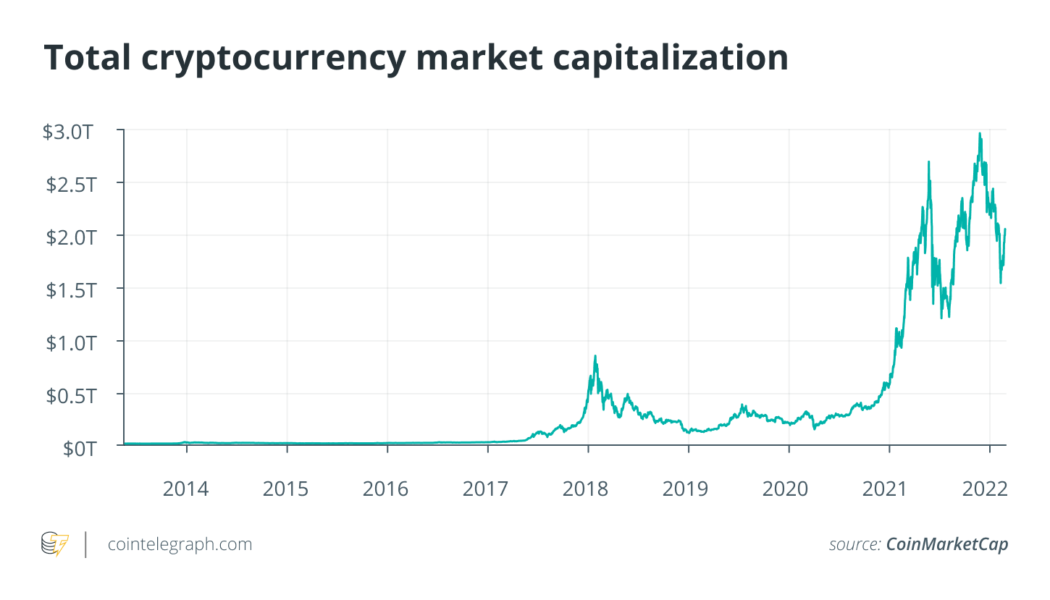

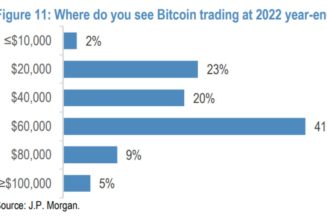
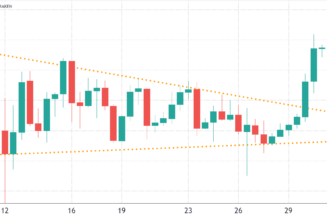
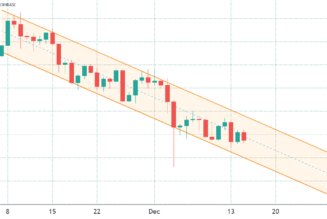
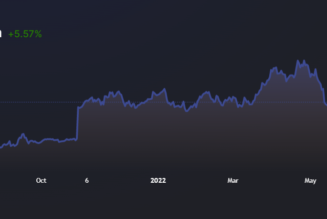




Tagged: crypto blog, Crypto news